Sterling Bay’s Gloor on Developing Office in Turbulent Times
The company’s CEO talks about finding opportunities in tightening markets.
Well-known headwinds are creating a perfect storm of challenges for developers these days, but Chicago’s Sterling Bay, known for creating innovative urban headquarters for the likes of Google, McDonald’s, Dyson and Tyson Foods, is going full steam ahead. The company continues to extend its growth by diversifying from its origins in the office sector into significant life sciences, industrial and multifamily projects throughout the U.S.
Sterling Bay, which received Commercial Property Executive’s “Development Company of the Year” distinction as part of the publication’s 2022 Influence Awards, has many more plans in the works. We recently sat with Andy Gloor, CEO of Sterling Bay, to talk about the industry and what makes his firm tick, as well as what’s next.
With your company being recognized by CPE as “Development Company of the Year,” what would you say are the keys to the company’s success?
Andy Gloor: It’s the people. Over the last 15 years, we’ve developed one of the most talented teams in the business, so it’s definitely the people here who are the driving force as to why we’re having the success we’re having.
With the market changing, showing signs of weakening, in which property sectors do you see the greatest opportunities for Sterling Bay?
Gloor: It’s a challenging time in the real estate market. There’s always going to be strong demand for multifamily in the right market for the right locations, and the same is the case for office. Right now, some folks out there are thinking that no one is going to come back to work, and everyone is going to work remotely, and I couldn’t disagree more.
It depends where you’re at, whether it be multifamily, office or life science. What we’re seeing in all aspects is that there’s a flight to quality, and that’s particularly true for office. The markets that we’re in, and the buildings that we’re building, with the amenities, are going to continue to perform well, and some of the commodity product out there is going to continue to struggle, and that’s for all property sectors.
So, you remain bullish on the office sector, even though it’s facing headwinds, and the increasing number of layoffs are making the outlook even gloomier?
Gloor: Not all office is created equal. It depends on the building, the market it’s in and the city. I’m not suggesting that all office will come out of this clean.
You have to drill down into the product you’re building and where you’re building it. There will be winners and losers. The amenity-rich live/work/play environment, where there’s scarce product, is going to win, and some of the other locations—more commodity product—are going to struggle.
What about location? Are there any markets that you feel hold the greatest opportunities now?
Gloor: We’re expanding in NFL cities around the country with life science, office, industrial and multifamily. If you look at demographic trends, the Sun Belt is experiencing enormous growth, and I think those are going to be the strongest markets in the near term and, potentially, mid-term.
READ ALSO: 5 States That Are Corporate Relocation Magnets
I also think that cities like Chicago, New York and San Francisco, which had a tough two or three years, are going to rebound.
Are you facing any challenges due to the capital markets? Are lending conditions tightening, and are the higher interest rates impacting you?
Gloor: Yes. The debt markets are not what they were six months or a year ago. At this moment in time, which will probably last for the first half of the year, if not the first three quarters, it’s going to be difficult to get a construction loan, and if you do, you’re going to have lower leverage, and it’s going to cost you more.
You began your career as a tenant-side broker, and you joined Sterling Bay as a principal in 2002. How has the direction of the company changed due to your influence?
Gloor: The biggest change with Sterling Bay is we’re headquartered in Chicago, but now we’re national. The second big change is that our history was office, but now we have four main verticals and growing—life science, industrial, multifamily and office.
We’re leaning into all those verticals, not only in Chicago, but around the country. The ability to execute across the board is one of the great values of Sterling Bay and will be a reason for our success going forward.
Sterling Bay announced in August that it will be building the city’s tallest timber-made building since the Great Chicago Fire. How are you integrating sustainable features into your other new builds?
Gloor: Sustainability is a high priority for us in all product types. It was a lengthy approval process in Chicago for high-rise timber, but we’d like to do a lot more of that timber product.
Any new buildings that we’re building right now are pushing the boundaries as it relates to being environmentally friendly because I think the long-term value is going to be tied to that as well.
What is your forecast for the commercial real estate market in 2023 and beyond?
Gloor: Because of the debt markets, I think 2023 is going to start slowly. My hope is that in the third and fourth quarter, you’ll start to see pickup, and I think in 2024, we’ll start to see a significant rebound.
But until most developers can go ahead and borrow, and borrow with decent leverage, I think it’s going to be challenging. From where we sit, the tenant demand is there. The issue is going to be on the debt side.

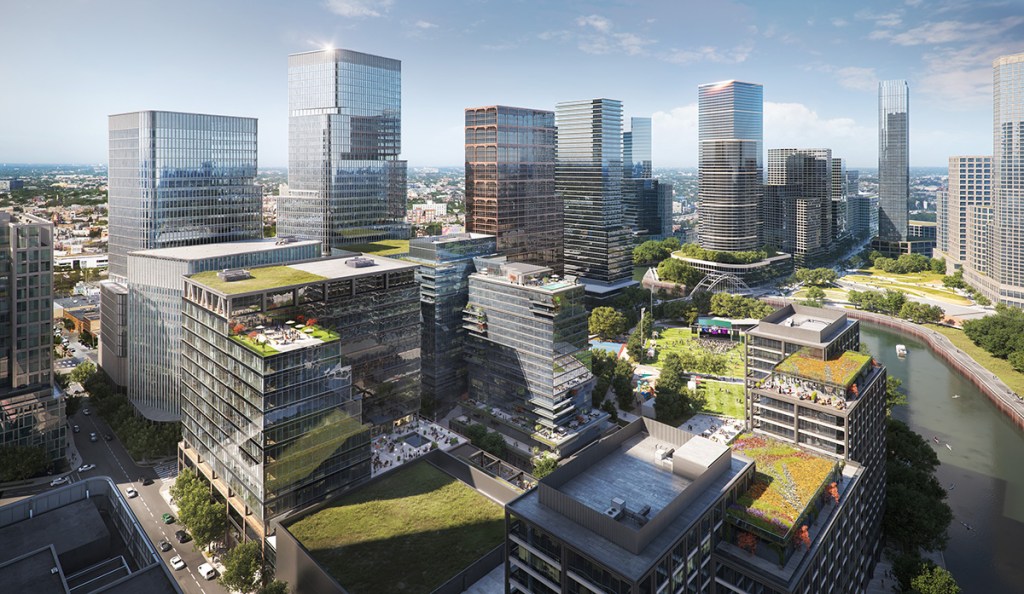
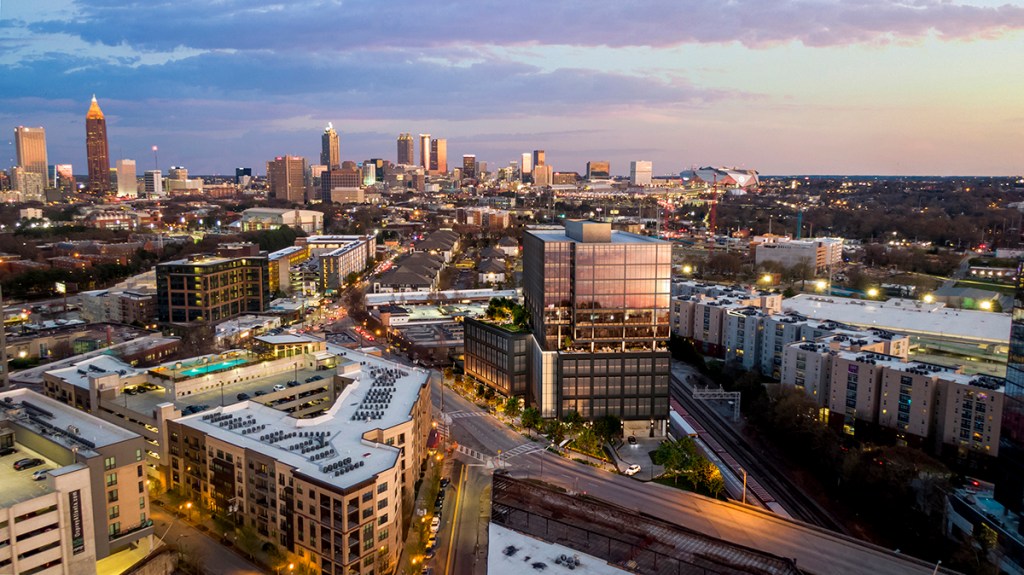
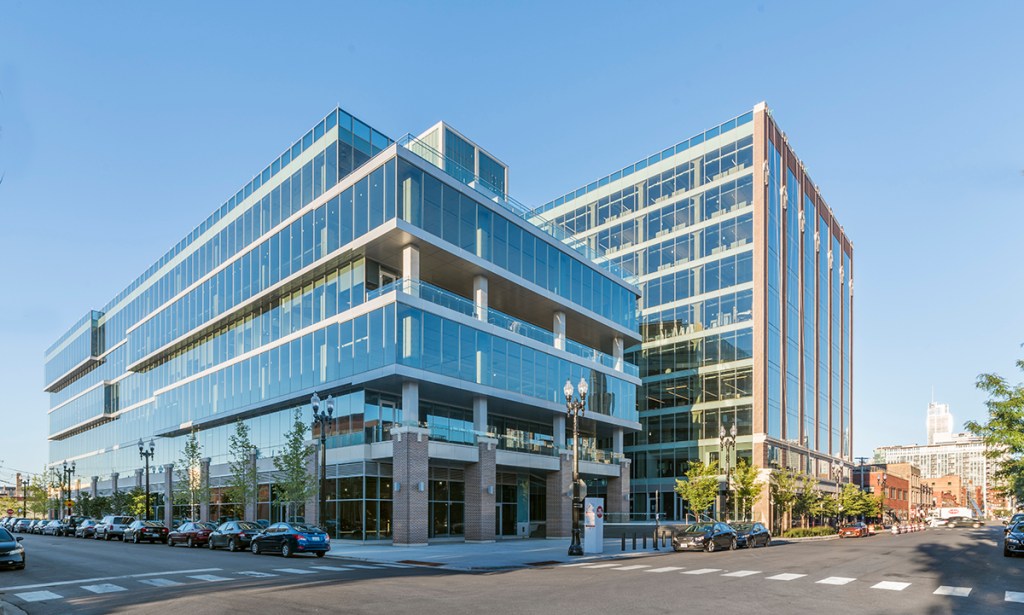
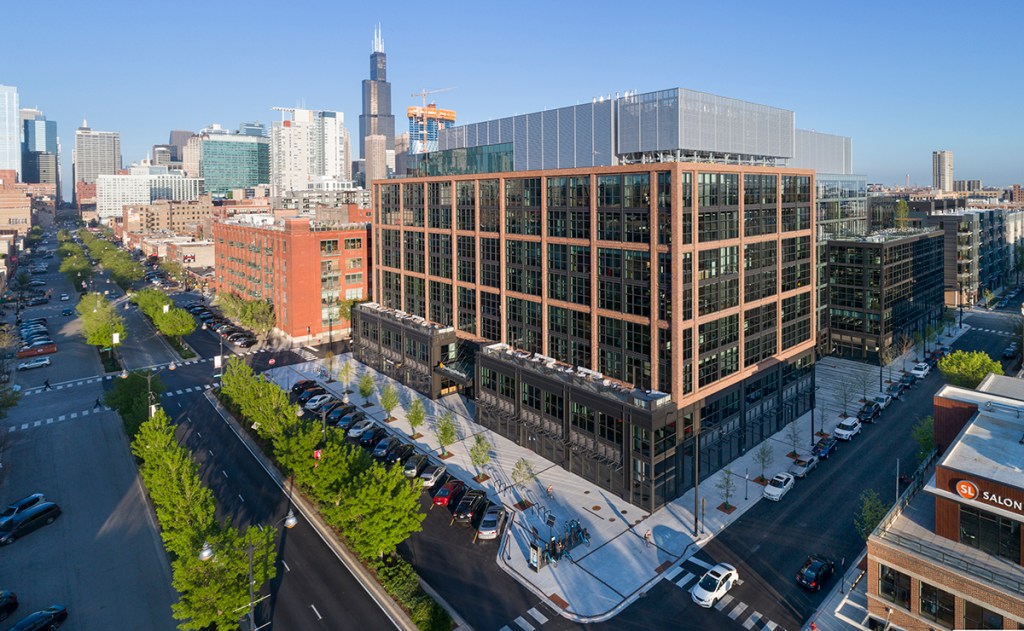
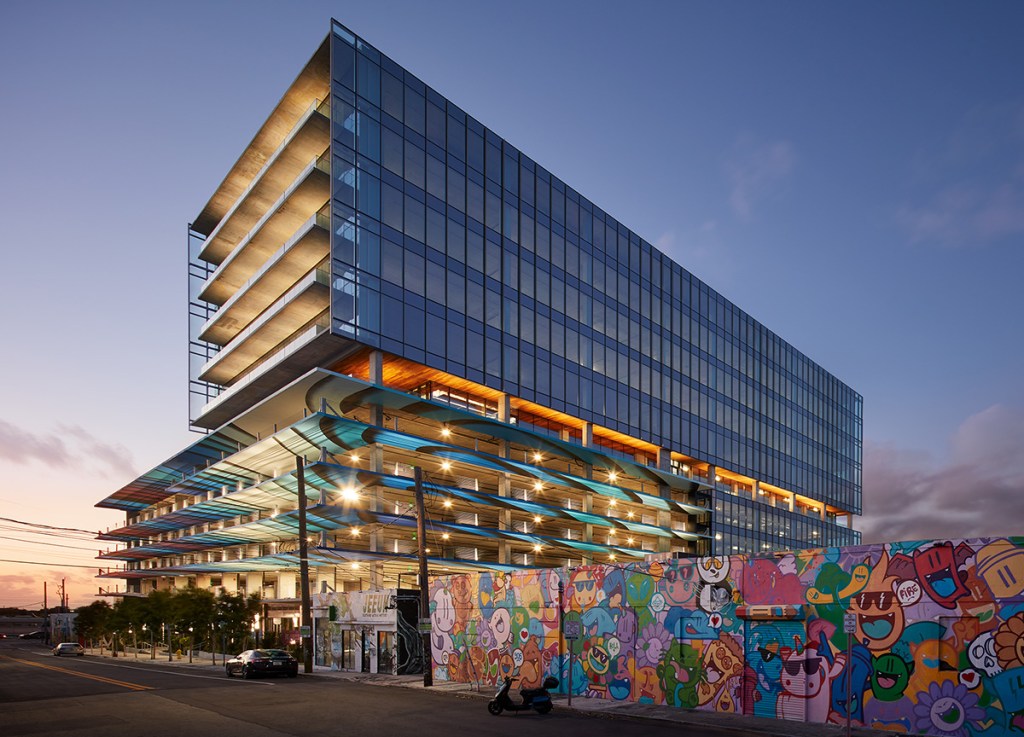
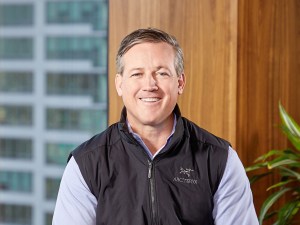






You must be logged in to post a comment.